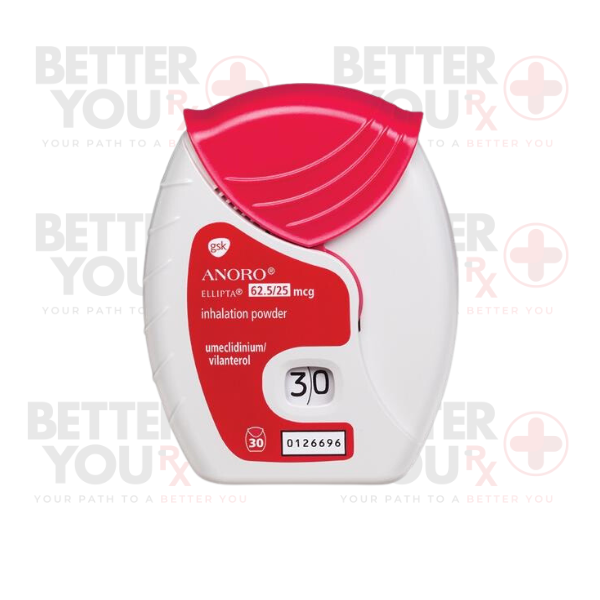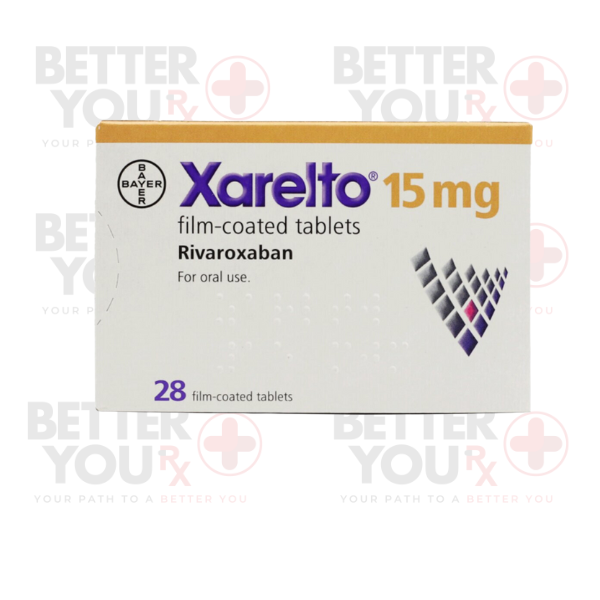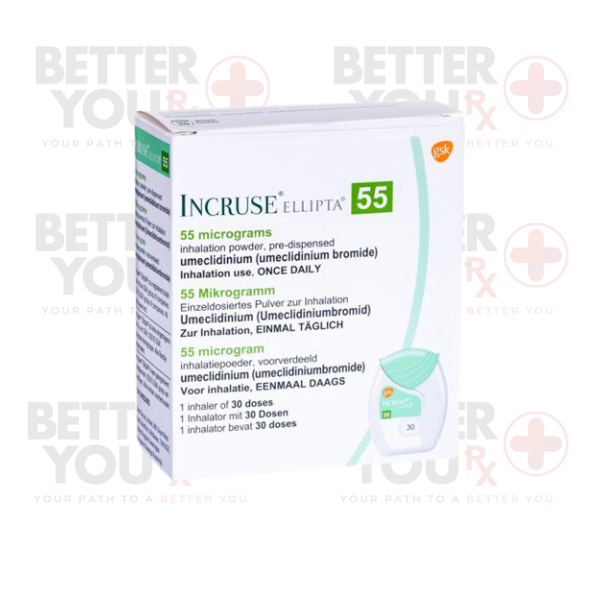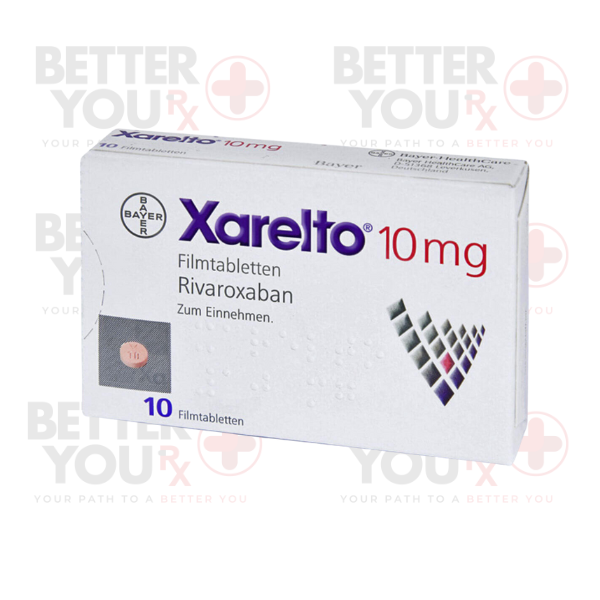| Precautions |
Precautions:
Before starting any medication, provide your doctor with a comprehensive medical history, including allergies, current medications, pregnancy or breastfeeding status, and any other pertinent health details. These factors can impact how you should use this medication.
Here is crucial information to note regarding estrogen replacement therapy: The Women's Health Initiative (WHI) study revealed an elevated risk of heart attack, stroke, breast cancer, pulmonary embolism, and deep vein thrombosis in postmenopausal women during five years of treatment with 0.625 mg conjugated equine estrogens and 2.5 mg medroxyprogesterone compared to those receiving placebo sugar tablets. While other estrogen and progestin combinations weren't specifically studied, it's prudent to assume similar risks for other hormone replacement products.
Therefore:
• Estrogens, with or without progestins, should be used at the lowest effective dose to alleviate menopausal symptoms for the shortest duration as directed by your doctor.
• Estrogens, with or without progestins, should not be employed to prevent heart disease, heart attacks, or strokes.
Allergy: Although exceedingly rare, applying estrogen to the skin can cause contact allergies like itching and redness. Individuals who experience skin reactions or contact sensitization to any component of the medication may be at risk of developing a severe allergic reaction with continued use. If you encounter such situations, seek advice from your doctor.
Blood clotting disorders: Estrogens, with or without progestins, have been linked to an increased risk of pulmonary embolism and deep vein thrombosis. If you have a history of heart attack, stroke, heart disease, leg blood clots, or medical conditions predisposing you to blood clots, avoid using this medication. The risk of blood clots also rises with age, personal or family clotting history, smoking, obesity, immobility, and major surgery. If feasible, discontinue this medication four weeks before major surgery. Have a conversation with your doctor about the potential risk of blood clots.
Blood pressure: Women may experience elevated blood pressure when using estrogen replacement therapy. Your doctor should monitor your blood pressure or guide how often to measure it, particularly with high-dose use. Regular check-ups are recommended. If you have high blood pressure, talk to your doctor about how this medication might affect your condition, dosing, effectiveness, and any required special monitoring.
Bone disease: If you have bone disease due to cancer or metabolic conditions causing excessive calcium, consult your doctor regarding how this medication might affect your condition, dosing, effectiveness, and potential monitoring requirements.
Breast and ovarian cancer: Long-term estrogen replacement therapy is associated with an increased risk of breast and ovarian cancer. Women with a history of breast cancer should avoid estrogen use. Those with breast nodules, fibrocystic disease, abnormal mammograms, or a strong family history of breast cancer should receive close monitoring by their doctor. Women taking estrogens should undergo regular breast examinations and be educated on breast self-examination. Avoid applying the estradiol patch directly to the breasts, as it may have adverse effects on breast tissue.
Dementia: Postmenopausal women over 65 receiving combined hormone replacement therapy (estrogen and progestin) may face an increased risk of dementia. Consult with your doctor about dementia testing.
Diabetes: Estrogens can affect blood glucose control in individuals with diabetes or diabetes risk factors. If you have diabetes or are at risk (e.g., family history, high blood pressure, high cholesterol, obesity), discuss how this medication may impact your condition, dosing, effectiveness, and potential special monitoring. People with diabetes (or a predisposition) should closely monitor blood glucose levels for any changes.
Endometrial cancer: Evidence suggests that estrogen replacement therapy can raise the risk of endometrial cancer. Combining progestin with estrogen reduces this risk to levels similar to those in women not using estrogen. Women with intact uteruses should take progestin when using estrogen. If you experience abnormal vaginal bleeding, contact your doctor, and avoid using this medication if you have or have had endometrial cancer.
Endometriosis: Estrogen replacement therapy can worsen or trigger endometriosis. If you have endometriosis, discuss potential impacts, dosing, effectiveness, and any required special monitoring with your doctor.
Fibroids: This medication may exacerbate fibroids, causing sudden enlargement, pain, or tenderness. Should you observe these effects, get in touch with your doctor.
Fluid retention: Estrogen can cause sodium and fluid retention, which can be hazardous for individuals with heart or kidney issues or asthma. If you have any of these conditions, discuss how this medication may affect your condition, dosing, effectiveness, and potential special monitoring. If you observe worsening symptoms, contact your doctor.
Follow-up examinations: Schedule a follow-up examination 3 to 6 months after starting this medication to evaluate your treatment response. Yearly check-ups are recommended after the initial assessment.
Gallbladder disease: This medication can aggravate or increase the risk of gallbladder disease. Discuss potential impacts on your condition, dosing, effectiveness, and potential monitoring with your doctor if you have gallbladder disease.
Heart disease and stroke: Studies suggest a heightened risk of heart disease and stroke in postmenopausal women using estrogen (with or without progestin). Seek immediate medical attention if you experience symptoms of a heart attack or stroke while taking this medication.
High cholesterol or triglycerides: Estrogen may elevate triglyceride levels in individuals with existing high levels, especially with oral estrogen. Your doctor will monitor cholesterol and triglyceride levels during treatment.
Kidney function: Estrogen can influence calcium and phosphorus utilization by the body. Discuss potential concerns with your doctor if you have kidney disease, including impacts on your condition, dosing, effectiveness, and potential monitoring.
Liver function: Those with reduced liver function may require special monitoring while using this medication. Inform your doctor if you have a history of liver issues. Individuals with active liver disease or liver tumors should not use the estradiol patch. Seek immediate medical attention if you experience symptoms of liver problems.
Migraine headaches: If you have migraines with aura, avoid using this medication. Estrogen can worsen migraine patterns in some people. Discuss any changes in your migraine pattern with your doctor while using estrogen.
Seizures: Estrogens may increase seizure risk. Consult with your doctor if you have a seizure disorder or history of seizures. Discuss potential impacts and monitoring requirements.
Thyroid disease: Estrogen can affect thyroid hormone utilization by the body. If you take thyroid medication for an underactive thyroid, discuss potential impacts with your doctor, including monitoring requirements.
Pregnancy: Avoid using estrogen during pregnancy. Contact your doctor immediately if you become pregnant while taking this medication.
Breast-feeding: This medication passes into breast milk and can affect your baby. It is not recommended for breastfeeding women.
Children: The safety and effectiveness of this medication in children have not been determined.
|










Reviews
There are no reviews yet.